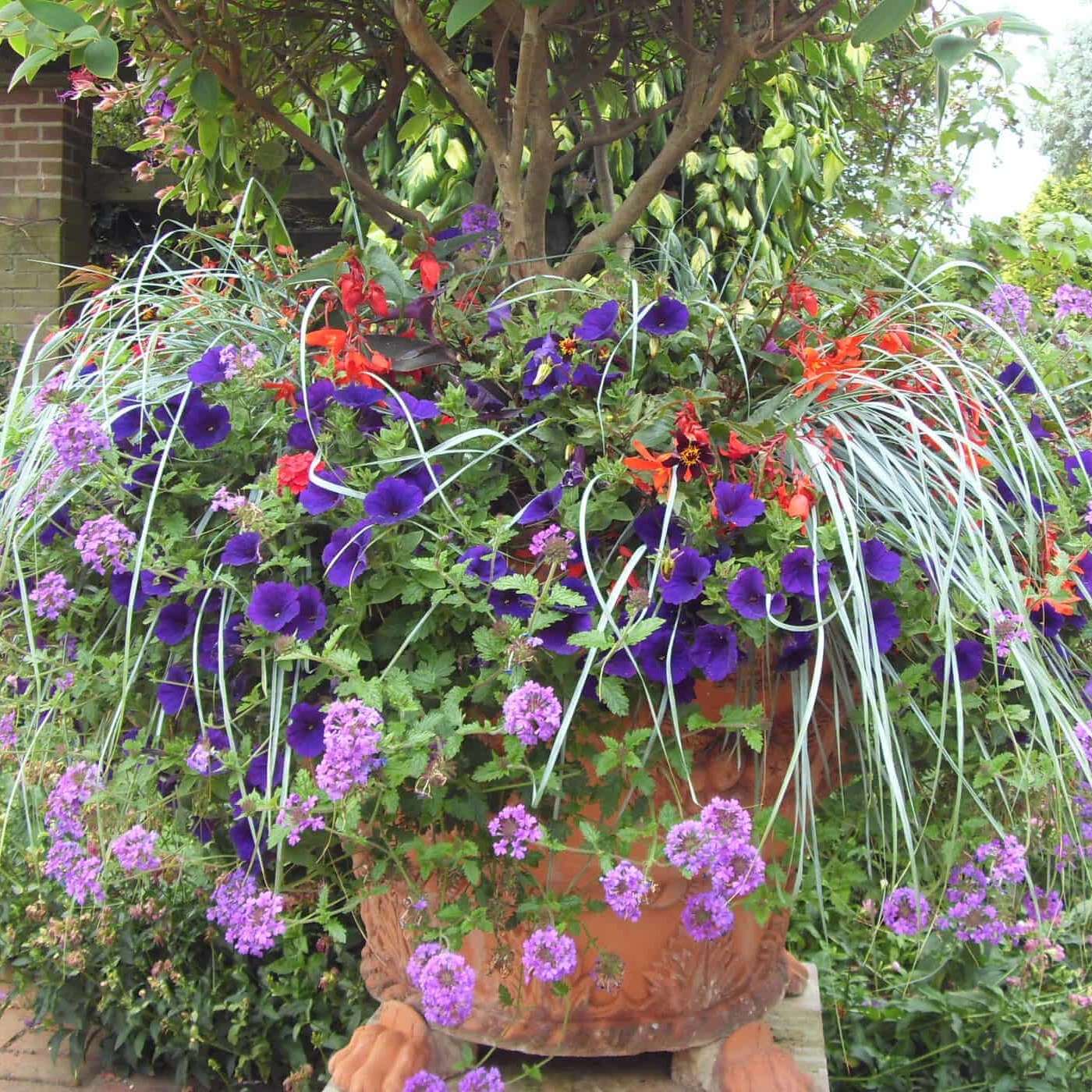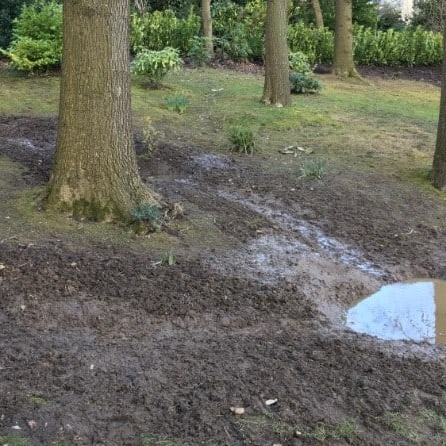We’ve experienced a remarkably long spell of hot, dry weather. Even though it may be coming to an end, it’s still important to ensure plants are well watered. Yet how do we water well, and why is it so significant?
Just like us humans, plants require a regular supply of water. In fact, unlike us, most need constant contact with it. When a plant’s roots no longer touch water below ground, the uptake process is broken and more difficult to re-establish.
How plants imbibe water
A plant’s roots penetrate into the ground, searching not only for nutrients and anchorage, but water.
When a plant’s finest roots encounter water, the process of osmosis begins. This is where water moves from areas of low sugar and salt concentration to areas with high concentrations. Root cells are full of sugar and salt, facilitating water’s movement into the plant. It is forced through cells until it reaches the xylem – the water transport system. These are like straws leading up through the stems and out to leaves. Suction is provided by the process of transpiration, where sun and wind cause water loss from leaf pores. Water which isn’t lost in transpiration enters cells that need it.
Water is essential in cells for a number of reasons:
- Cells combine it with carbon dioxide to enable photosynthesis. This process provides the plant with carbohydrates
- Cell enzymes require some water to begin the process of respiration, where carbohydrates are broken down to release energy
- The opening and closing of the stomata (leaf pores), allowing gases in and out of the plant
- The 16 vital nutrients needed by plants are only taken up if dissolved in soil water
A lack of water has a seriously detrimental effect on plants. Plants which wilt may recover if watered promptly, but they can pass a limit at which cells are irreversibly damaged.
How to ensure a plant is watered correctly
So how do we water well?
- Water plants regularly, unless experiencing a prolonged wet spell. Containers need watering every other day as these plant roots can’t delve as deep as needed to reach natural water. They even dry out quickly despite heavy rain (which rarely reaches roots thanks to foliage above)
- Know your plants. Some come from boggy situations and need plenty of water. Others come from drier locations and need less frequent watering. Nevertheless, all plants require H2O to survive
- Water directly at the base of the plants. Avoid watering leaves. Not only does most of this water evaporate as it can’t soak into foliage, it could increase the likelihood of diseases. Bacteria, viruses and fungi thrive in moist conditions
- Soak the roots thoroughly, watering for at least a minute or two so that water sinks deep into the soil. Even if you water less frequently, following this point will boost the health of your plants
- If you’re going to apply an annual mulch, water thoroughly before doing so. Mulches are excellent for retaining soil moisture, but they can also keep water out if the soil beneath is dry as a bone before application
Someone once put it this way to me: Plants are like children (or pets); you wouldn’t leave them without drink or food would you?
Kevin Gelder
Kevin joined Bestall & Co in late 2017 and brought a range of skills with him from a varied background. He gained a degree in French and Italian from Lancaster University in 2009 before successfully completing a PGCE at the University of Sheffield in 2011. He built on his communication skills through secondary language teaching, before working in healthcare administration.
Ultimately though it was his passion for plants and gardening which brought him to Bestall & Co as a member of the planting team, and although he's now moved back to an office based role, the articles he wrote whilst he was still with us live on.



